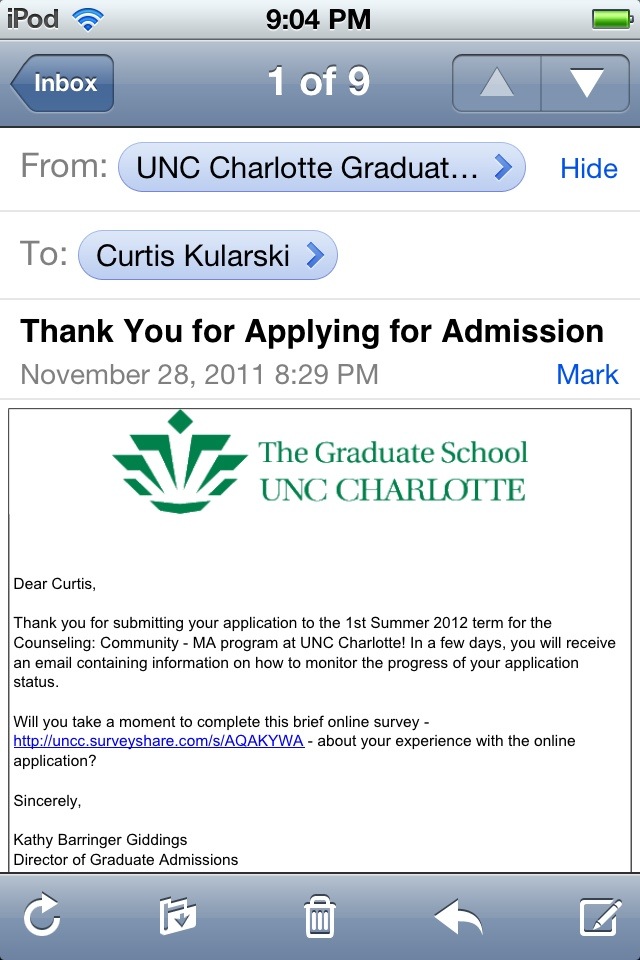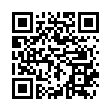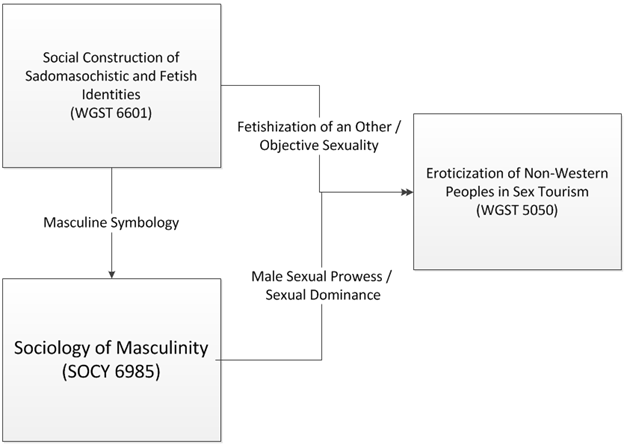In January 1985, Dr. Jonathan B. Postel, the Internet’s first IANA (Internet Assigned Numbers/Names Authority), set forth a new era in the Internet’s progress. He brought the DNS (domain name system) into existence, essentially giving form to what we today consider the very essence of the Internet. That first glimmer of light on a shapeless form.
In the beginning, there was .com, .net and .org. That was the public sphere of the DNS naming system, all that existed, all that could be outside of restricted space. Of course there were other TLDs, .gov, and .mil primarily. In February of 1985, in coordination with IEEE, Dr. Postel provisioned a ccTLD for each legally recognized country in the world. After this point there were no more additions to the Root Zone for over 15 years, give or take a few changes to the ccTLD space caused by trouble in the Russian territories and the UN requesting the creation of .INT.
In 2000, there was a movement to add additional General Purpose TLDs. The idea caused quite a stir in the Internet community. There were geeks absolutely thrilled with the idea of new TLDs, and of course the ever-conservative Internet Engineering Task Force had their concerns about the stability of the root zone network due to the additional delegations required. In June 2001, 7 new TLDs were permitted to be added to the root: .BIZ, .INFO, .NAME, .MUSEUM, .COOP, .AERO and .PRO. For a time .INFO and .BIZ (and .NAME to a lesser extent) had quite a bit of interest, until it was time for the registries to actually go live that is. How many websites do you frequent that actually use any of these TLDs? For myself, it is not many. In the 11 years since these TLDs went live, I have seen only a few domains in active use (for legitimate purposes).
We are presently in a 90 day window before the application process will begin for yet more TLDs. On January 27th, ICANN will allow any organization, corporation or individual register for whatever TLD they wish, so we can have TLDs that are as arbitrary as .PEPSI and .COKE. As long as the new registrant can prove that they have the competence to operate the TLD, their assignment of their registered name is guaranteed. With known registry operators such as VerisignGRS and Affilas offering their support and services (for a fee) to new registrants are on stable ground to be accepted.
There are several problems with these new TLDs, first of all, the last round of new TLDs did not shake loose the dependence on .COM, .NET and .ORG, so why should these new TLDs be any different? I do not believe that these new TLDs will pull any weight away from COM at all, and will simply add another level of complexity to the naming system. I think what we have learned based on the first 7 new TLDs is that the “powers” of the Internet have no idea what Internet users want, or what content providers want. Take for example the result of the opening of the ccTLDs of .ME (Montenegro) and .TV (Tuvalu). Those 2 ccTLDs had more of an impact on the landscape of the Internet than the creation of 7 new gTLDs. There is no way to anticipate reaction to new gTLDs, but there is one thing that seems pretty clear to me, no one seems want anything that is 3 characters or longer, everyone wants 2 character TLDs, especially ones that they can use in conjunction with their own names. The “powers” of the Internet do not seem to understand that in the current economic and political atmosphere, the Internet’s consumerist phase is past its climax, and the Internet is now becoming social (and of course, the Internet is for porn, that one hasn’t changed in 20 years). I also believe that this new round of TLDs will be directed at more consumerist ambitions, and will not add to the overall mission of the Internet. Not keeping the consumer space limited to .COM and .BIZ seriously changes the mission of the Internet.
On a philosophical level there are both benefits and problems with the opening of the TLD system. First, an opening of the TLDs is consistent with critical theory ideals concerning not categorizing things and not restricting the categories or identities. However, because of the large financial cost of registering a TLD (not to mention operation costs), it still is not possible for everyone to select their own identity. If I wanted to have the .kularski TLD for example, I would have to pay $185,000 to apply for the name, and then pay additional money to a registry operator to maintain infrastructure for the TLD. There is most certainly not an openness to the process.
There have been a few TLDs added through sponsorship applications in the past few years, but the process for their introduction was fairly restricted. .JOBS, .TEL, .MOBI and .TRAVEL were added as specialized TLDs for members of professional organizations. .JOBS and .TRAVEL specifically are restricted to members of those organizations. .TEL is a TLD that is highly restrictive in what content is allowed. The domains have no name servers other than those for the TLD itself, and in essence the TLD functions as an Internet phone book. .MOBI is restricted to mobile-enabled websites, targeting a specific audience (smart phone users). These TLDs are very specific and had an audience already established to receive them, unlike the creation of generic TLDs without specific sponsoring bodies that represent a specific community. Also this year the .XXX TLD will become operational. I have mixed feelings about the TLD, but there are many who believe it is a good TLD. I don’t see it as a move toward a more child-friendly Internet (nor do I care for a child-friendly Internet), but I do see it as an alternative to overloading .COM with more porn domains. Pornography is a big part of the Internet and its culture, so having its own space is not a horrible thing. On the other hand, having a TLD that is used to categorize a certain type of content or a certain group of people is not in the best interest of the culture of the Internet. I believe that in addition to the XXX TLD there should have been some type of ARTS TLD created to balance things and provide a space for more creative forms (including creative erotica) to exist.
At the present time, the Root Zone is still a very manageable thing, if you would like to see what makes the entire named Internet work, take a look at1: http://images.cmkularski.net/blog/root.zone.txt
1The root zone file is a constantly changing file, and this copy, which is used for reference purposes should not be accepted as the authoritive Zone, for that, please download a copy at IANA.ORG.



